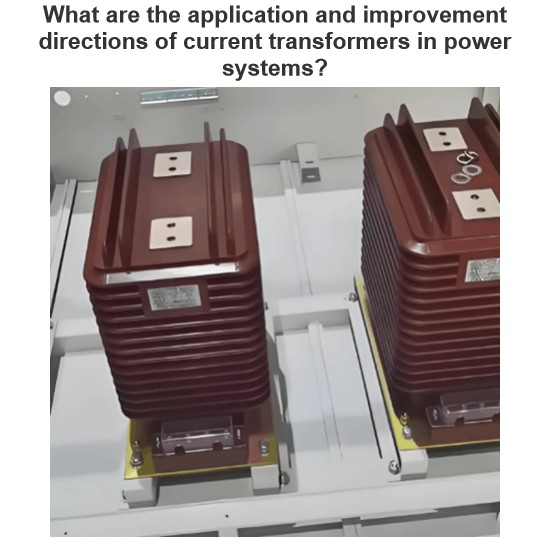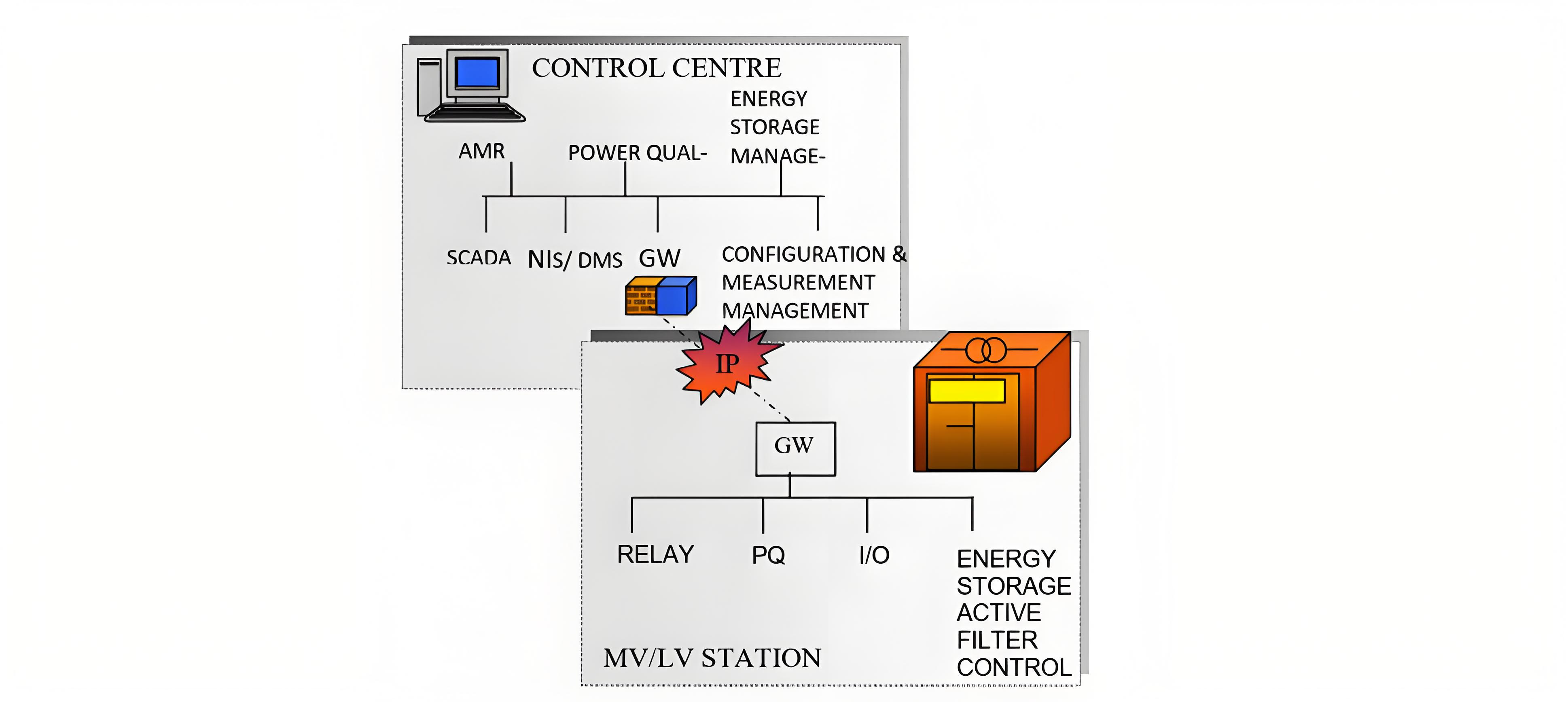Intelligent distribution automation of MV/LV transformer stations at LV networks
Echo
04/12/2025

As an expert in the application and trends of electrical equipment, I have a profound mastery of knowledge in circuits, power electronics, etc. I possess a comprehensive set of abilities including equipment design, fault diagnosis, and project management. I can precisely grasp the industry's pulse and lead the development of the electrical field.

What might be the future development trends of outdoor current transformers?
I'm Echo, a 12-Year Veteran in the CT Industry, Talking About What's Coming NextHi everyone, I'm Echo, and I've been working in the current transformer (CT) industry for 12 years.From learning wiring and equipment debugging with my mentor to now leading a team tackling complex on-site issues, I've witnessed many technological advancements and industry changes. Especially with outdoor current transformers, there have been significant developments, but also much room for improvement.A few days ago
Echo
07/05/2025

What are the application and improvement directions of current transformers in power systems?
As a front - line power operation and maintenance worker, I deal with current transformers (CTs) daily. Having witnessed the popularization of new photoelectric CTs and tackled numerous faults, I’ve gained practical insights into their application and testing improvements. Below, I’ll share my on - site experience with new CTs in power systems, aiming for a balance between professionalism and practicality.1. Application of New CTs in Power Systems1.1 CTs in Power SystemsMost new CTs
Echo
07/04/2025

What are the development trends of voltage transformers?
By Echo, 12 Years in the Electrical IndustryHi everyone, I'm Echo, and I've been working in the electrical industry for 12 years.From early involvement in commissioning and maintenance of distribution rooms to later participation in electrical system design and equipment selection for large-scale projects, I’ve witnessed how voltage transformers have evolved — from traditional analog devices to intelligent, digital components.The other day, a new colleague from a power company asked
Echo
07/02/2025

In which directions will dry-type transformers develop in the future?
By Echo, 12 Years in the Electrical IndustryHi everyone, I'm Echo, and I've been working in the electrical industry for 12 years.From my early days doing commissioning and maintenance in distribution rooms, to later participating in electrical system design and equipment selection for large-scale projects, I’ve witnessed how dry-type transformers have evolved from traditional tools into smarter, greener devices.Recently, a new colleague asked me:“What’s the current state of dry
Echo
07/02/2025











